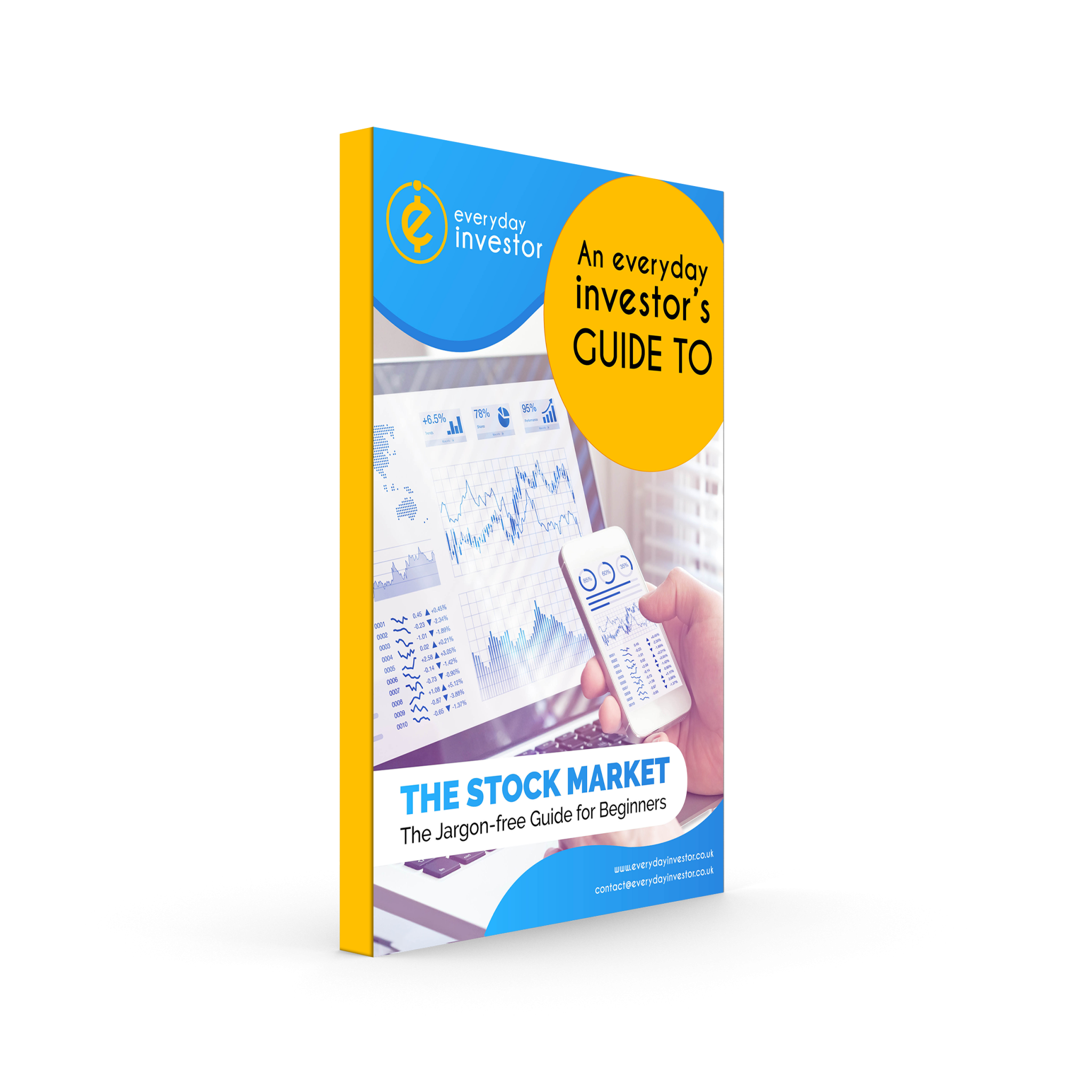What is an IPO and why do companies go public?
An initial public offering (IPO) is when a private company sells its shares to the public for the first time. This allows the company to raise capital (money) from investors and become a publicly traded company. Often, you will hear the process of a company conducting an IPO referred to as either “listing” or “floating” on the stock market.
Companies go public for a variety of reasons, including:
- To raise capital to fund growth initiatives, such as expanding into new markets, developing new products, or acquiring other companies.
- To gain access to a wider pool of investors. Investing in private companies is more difficult as it is much less accessible to regular investors. Whereas typically anyone over the age of 18 can open a stockbroker account and invest in a public company.
- To increase the company’s visibility and reputation. Becoming a publicly traded company can potentially help the company to attract new customers, employees, and partners.
- To provide liquidity (cash) for early investors. Early investors, such as founders and employees, may want to sell some or all of their shares in the company to raise cash, move onto a new project or to diversify their own investments.
How does the IPO process work?
The IPO process is typically complex and can take several months to complete. Here is a more detailed overview of the process:
- Select an investment bank. The company selects an investment bank to help it with the IPO. The investment bank will help the company to prepare for the IPO, including setting a valuation for the company’s shares, preparing a prospectus, and marketing the IPO to investors.
- File a registration statement with the regulator. The company files a registration statement with the regulator (such as the Financial Conduct Authority in the UK). The registration statement typically includes detailed information about the company’s financial performance, management team, and business plan.
- Regulator review. The regulator reviews the registration information and may ask the company to provide additional information. Once the regulator approves the registration, the company is allowed to begin marketing the IPO to investors.
- Marketing. The investment bank usually conducts roadshows to meet with potential investors and pitch the IPO. It is very much a PR exercise to generate demand. A higher demand means the investment bank is likely to be able to justify a higher share price for the company. Roadshows are typically held in major financial hubs around the world.
- Orders. The investment bank collects orders from investors and uses this information to determine the initial price of the shares.
- Trading. Trading begins on a stock exchange (such as the London Stock Exchange) and the IPO process is complete. The company and its investment bank will then carefully watch how the share price performs.
How to invest in IPOs
Typically, investors gain access to investing in an IPO through a stockbroker. Most brokers will allow their clients to participate in IPOs, but some brokers may have restrictions on who can participate and how much money they can invest. This is because usually brokers will receive a set allocation of shares.
Once the IPO process is complete and the company’s shares are trading on the stock exchange, investors may buy and sell the company’s shares in the normal manner as they would with any public company.
Risks and rewards of investing in IPOs
Investing in IPOs can be risky. IPOs are often volatile, and the price of shares can fluctuate significantly in the days and weeks following the IPO. This is because there is a lot of uncertainty about how the company will perform in the public markets. Quite often the company may also have “lock-in” periods. This is a period of time after the IPO where company insiders are prevented from selling their shares. It is not uncommon to see a dip in the share price once this lock-in period ends.
However, the flip side to this is IPOs can be profitable if the company performs well in the public markets. Naturally, if you had invested in a company like Amazon at the time of its IPO and still held those shares today you would likely be quite happy.
It is important to always thoroughly research the company and consider your own investment goals when making any decision.
Factors that contribute to a successful IPO
The following factors can contribute to the success of an IPO:
- A strong company with a good track record of financial performance. Investors are more likely to invest in a company’s IPO if it has a proven track record of success.
- A well-defined business plan and growth strategy. Investors want to see that the company has a clear plan for how it will use the IPO proceeds and how it plans to grow in the future. Naturally, nobody invests with the intention of losing their money.
- A strong management team with experience in the industry. Investors want to see that the company is led by a team of experienced and qualified executives.
- Strong demand for the company’s shares. Investors are more likely to invest in IPOs from companies that are in high demand. As share prices are driven by demand, if an investor believes this demand is likely to continue (or accelerate) after the IPO, they may believe they can profit from an increase to the share price in future.
Here are the three largest IPOs ever launched:
- Saudi Aramco, 2019 (Saudi Arabian Oil Group): $25.6 billion
- Alibaba Group, 2014 (Chinese e-commerce giant): $21.7 billion
- SoftBank Corp, 2018 (Japanese investment company): $21.3 billion
Summary
An IPO is when a private company sells its shares to the public for the first time. Companies go public to raise capital, gain access to a wider pool of investors, increase their visibility and reputation, and provide liquidity for early investors.
Investing in IPOs can be risky but can also be rewarding in some cases. Investors should carefully consider the risks and rewards before investing in an IPO.
If you’re keen to learn more make sure you check out the rest of our website or grab a copy of our free Beginner’s Guide to Investing in the Stock Market.
All our content is provided for educational purposes only, to help you make your own decisions. We do not provide personalised advice and therefore our content should not be considered an invitation, inducement, or recommendation to engage in any particular investment activity. Please review our disclaimer and website terms for full details.








